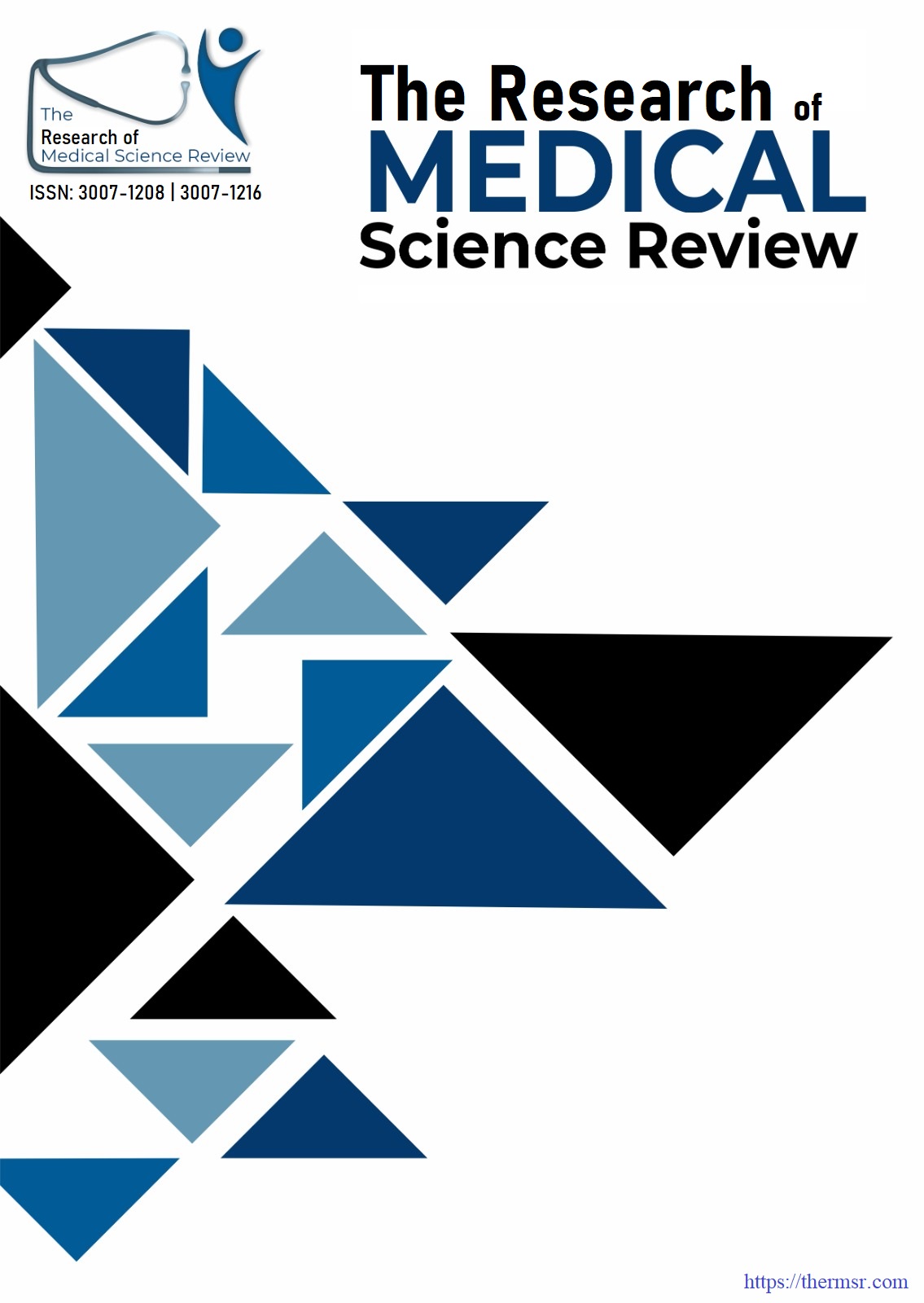FREQUENCY OF WATERPIPE SMOKING AND ITS ASSOCIATED FACTORS AMONG MEDICAL STUDENTS
Keywords:
Medical Students, Peer Influence, Perceived Harmlessness, Stress Relief, Waterpipe SmokingAbstract
Background: Waterpipe smoking, commonly known as shisha or hookah, has gained popularity among young adults, especially medical students, due to its social appeal and perceived harmlessness. Objectives: To determine the frequency and associated factors of waterpipe smoking among medical students and assess the role of social, psychological, and demographic influences. Study Design & Setting: A cross-sectional study was conducted at Community Medicine Department of Sheikh Zayed Medical College, Rahim Yar Khan from 3 January 2025 to 3 April 2025. Methodology: A sample size of 90 participants was selected through convenience sampling. Data were collected using a structured questionnaire that included demographic information and questions related to waterpipe smoking frequency, social and peer influence, perceived harmlessness, stress relief, curiosity, family background, and the influence of flavored tobacco. Stratification was performed based on age, gender, and academic year, and the association between factors and smoking status was assessed using the chi-square test, with a p-value ≤ 0.05 considered statistically significant. Results: The mean age of participants was 24.2 ± 3.1 years. The prevalence of waterpipe smoking was 54.4%. Social and peer influence (p = 0.002), perceived harmlessness (p = 0.019), and stress relief (p = 0.025) were significantly associated with smoking behavior. Flavored tobacco availability and curiosity also contributed to the prevalence of smoking among students. Conclusion: Waterpipe smoking is prevalent among medical students, driven by social interactions, stress relief, and the misconception of reduced harm compared to cigarettes. There is a need for awareness campaigns to educate students about the associated health risks and address misconceptions regarding waterpipe smoking.
Downloads
Downloads
Published
Issue
Section
License

This work is licensed under a Creative Commons Attribution-NonCommercial-NoDerivatives 4.0 International License.















